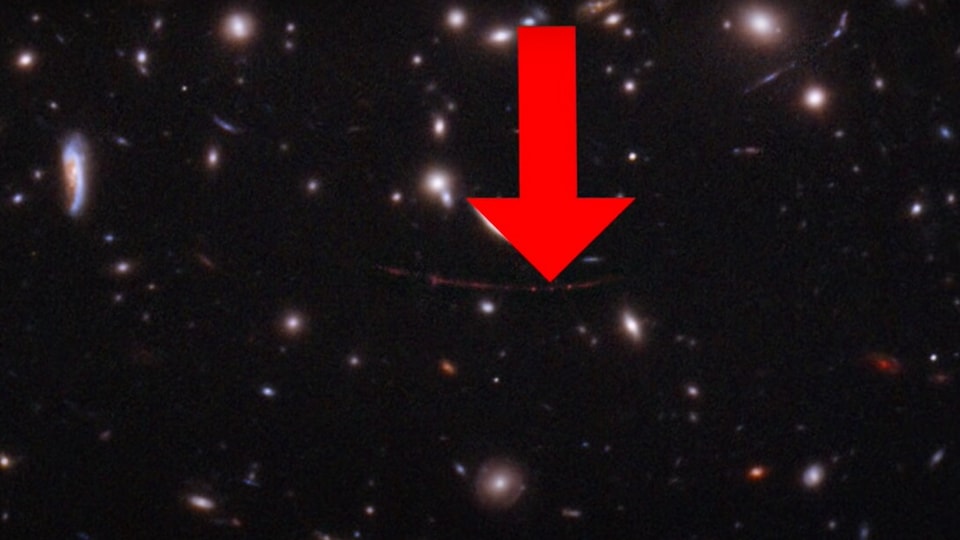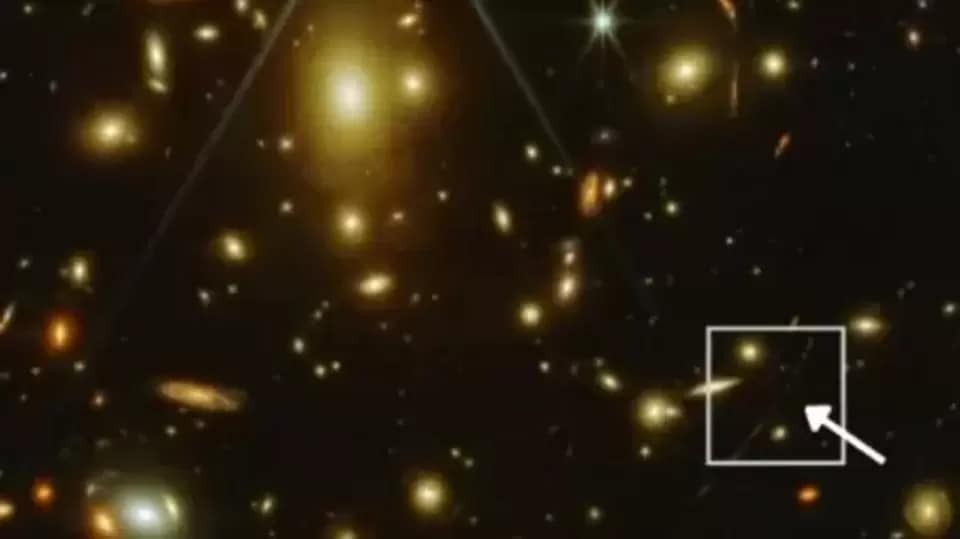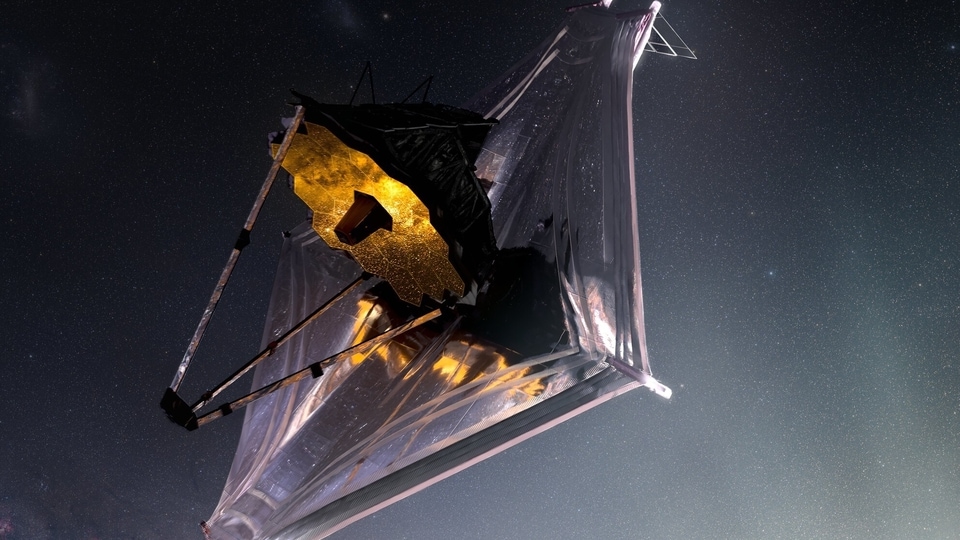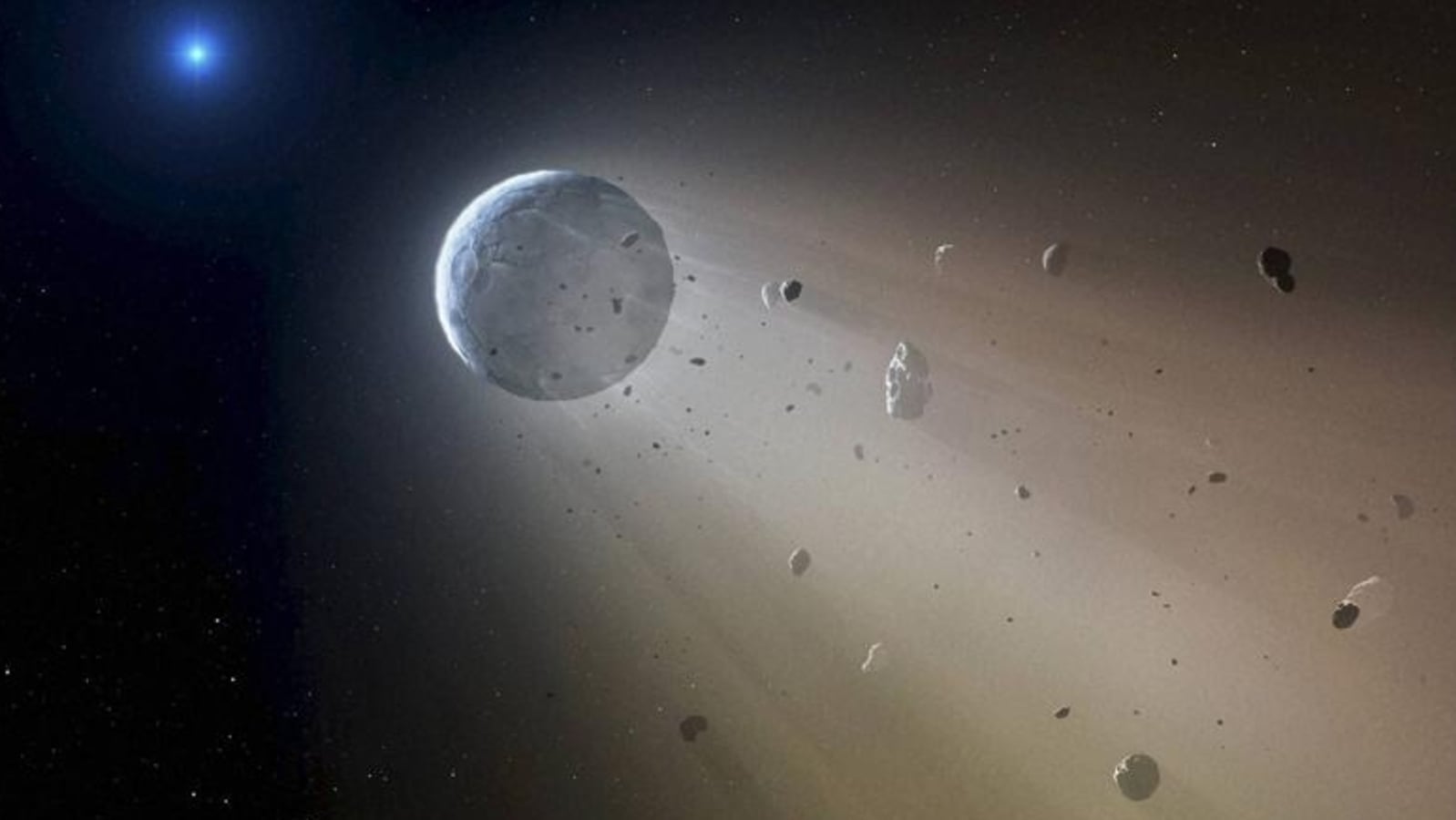Genius way to look for HIDDEN planet-killer asteroids around Earth found, but there is a horrific problem too
Scientists have deployed the amazing twilight telescopes to find killer asteroids that can destroy Earth and which have remained hidden so far.






 View all Images
View all ImagesSpotting planet killer asteroids in time will be the difference between saving the Earth or letting it be destroyed. However, there are more asteroids in the solar system itself that we do not know about. According to NASA, space agencies across the world are currently tracking 29,000 asteroids among possible millions of space rocks floating around. This happens mainly because the Sun's glare makes it impossible to observe any asteroid during the daytime. So, there is a high probability that one day an asteroid will get too close to the Earth and we will not be able to do anything about it. To solve this challenge, scientists have found a unique solution — twilight telescopes.
In a new study published in the Science journal, researchers have claimed that twilight telescope surveys could be the key to spotting unseen asteroids. "We're doing a full-fledged survey looking for anything that moves around the orbit of Venus, which is somewhere we haven't really surveyed very deep in the past with anything other than small one meter telescopes. It's pretty hard to do and generally the larger telescopes don't have a very big field of view so you can't cover a lot of sky,” Scott Sheppard, an astronomer at the Carnegie Institution for Science told Space.com.
Twilight telescopes can help scientists in spotting unseen asteroids
Twilight telescopes are not a special telescope. It is simply a new method of surveying the sky 10-15 minutes before sunrise and 10-15 minutes after sunset to avoid the solar glare. While the sunlight still causes problems in observing the image, it is not impossible like during the daytime. Sheppard himself has been running a twilight survey using the Dark Energy Camera (DECam) on the Víctor M. Blanco 4-meter Telescope at Cerro Tololo Inter-American Observatory (CTIO) in Chile.
And these efforts have begun showing results. The Blanco Telescope has discovered asteroid 2020 AV2, which is sized between 1-3 kilometers. Earlier it was not visible as this asteroid revolves around the sun in an orbit closer than Venus. This close proximity to the Sun resulted in image processors not picking up the asteroid amid the solar glare.
As can be seen, that the method is not all-encompassing, but this is a start and can help reveal many asteroids that the world did not know about so far. However, that also means many asteroids can still sneak up on us during the day when the glare of the Sun is at its blinding best.
Catch all the Latest Tech News, Mobile News, Laptop News, Gaming news, Wearables News , How To News, also keep up with us on Whatsapp channel,Twitter, Facebook, Google News, and Instagram. For our latest videos, subscribe to our YouTube channel.




























